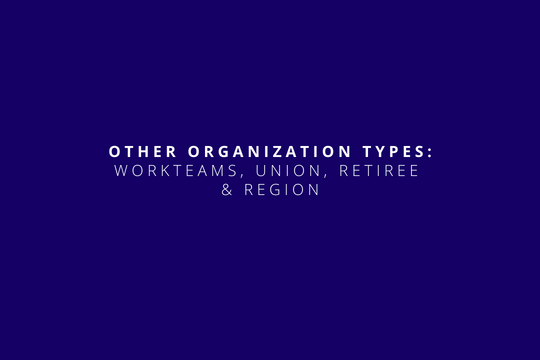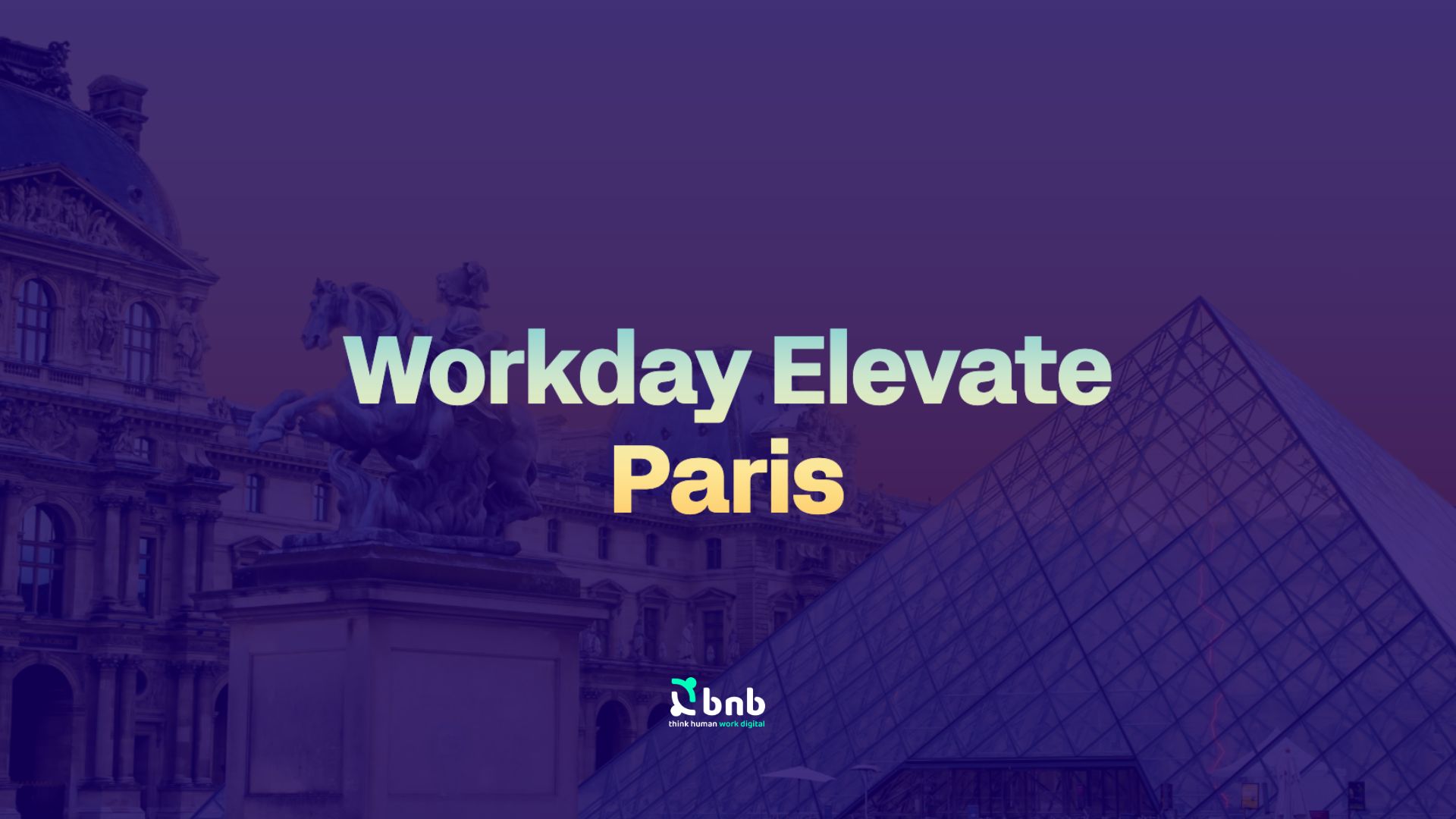In case you’ve forgotten… Other organization types: Workteams, Union, Retiree & Region
Organizations within Workday are used to group resources, workers, costs, and other organizations to support business processes, security, analysis, and reporting. As you may know, Supervisory organizations are the primary organization structures as they grouped workers; even though Workday supports several organization types to represent alternate organization views. In this article, we will introduce you four organization types: Workteams, Unions, Retiree and Region.
Why are Organizations important?
Organizations are part of the foundation that provides configurable and contextual security within Workday along with roles and hierarchies. The way that you configure your organizations influences everything from your staffing models and role assignments to your physical locations and reporting. Organizations help you to:
- Analyze your business needs and structure.
- Report on and track progress.
- Set up automated processes.
When determining which organization types you will set up, it is very important to clearly understand the structure and purpose of your enterprise. The decisions you made should be taken based on how granular your organization structure and security will be according to industry, region, and regulatory requirements.
Organization Types: Workteams, Unions, Retirees & Region
Workday defines and delivers the most common types of organizations. You can create unlimited numbers of each type of organization and then use them for different types of reporting. Some types of organizations can be combined in a hierarchy to represent a structure. The following are the types that are the matter of today’s article:
| Retiree | This organization is used to hold retirees; tracks and provides visibility and management for retiree administrators and partners. In order for a worker to be part of this organization type it must be terminated and afterwards added to the Retiree Status. Example. A worker decides to leave the company but he will keep some of the worker benefits; therefore, during his termination process you add him to a Retiree organization in order to effectively manage his benefits. |
| Region | Customer-specific organization, regions reflect the area of responsibility for a worker instead of work location. Example. A consultant might work from a Madrid location, which rolls up to Europe and the Middle East, but might be responsible for managing the Latin American region. |
| Unions | Unions are configurable organizations that allow you to group workers into logical constructs that are not defined by Workday-provided organizations. Commonly, unions referred to an association of workers in a particular trade, industry, or company, created for the purpose of securing improvements through collective bargaining. Workday allows you to create these unions and track and report on union membership for workers. Workers can be added to unions at any time but also can automatically become members by setting up eligibility and condition rules. You can also link a union to a job profile. Unions are recommended to use when:
|
| Workteams | Contains workers grouped together in a freestanding, nonhierarchical, task-based team. Workteam membership can be self-managed and dynamic, and members can be active, passive, or inactive. You can set up the Workteam organization type to manage worker-to-worker relationships and groups that are outside of the traditional supervisory structure. Examples.
|
Key Takeaways
Organizations are key in Workday as they provide the basic structure for the system to operate, therefore, being aware of the different types of organizations that Workday provides and selecting the ones that best fit your business is critical for a satisfying and successful performance.
Remember to design your organizations so that they work with other functional areas like payroll, human resources, and finance and always:
- Involve stakeholders from all business entities within your organization.
- Involve your security, system, and business process administrators to ensure that you meet all requirements related to approvals, business process routing, and data access.
- Consider the granularity and aggregation of your reporting as you.
References
Workday (c2020). Manage Workday – Organizations, Roles and Locations. Retrieved from: https://doc.workday.com/reader/3DMnG~27o049IYFWETFtTQ/t8jA~q1bxWecCRRuODXOeA
Workday (c2020). Manage Workday – Mass Operation Management. Retrieved from: https://doc.workday.com/reader/3DMnG~27o049IYFWETFtTQ/FY65Z0SfQZ8XhoEGWeTXqA



